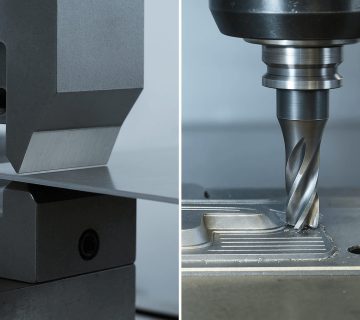Have you ever wondered what distinguishes a shear pin from a shear tool, and why both are essential in different industrial applications? While they might sound similar, these components serve entirely different purposes in ensuring the smooth operation and safety of machinery. Shear pins act as sacrificial safety devices designed to protect equipment from overload, while shear tools play a critical role in shaping and cutting materials with precision.
Understanding the differences between these two components is vital for industries ranging from manufacturing to agriculture. In this article, we’ll explore what shear pins and shear tools are, their functions, and how to determine the right choice for your specific needs.
What Are Shear Pins?
What Are Shear Tools?
Shear tools are cutting devices used in machining and manufacturing to separate materials by applying shear force. They are essential in industries like metalworking, plastic processing, and semiconductors, enabling precise shaping and cutting of materials.
Shear tools come in various types, including straight shear tools for linear cuts and rotary shear tools for continuous, curved, or circular cuts, making them versatile and critical for efficient production processes.
Key Differences Between Shear Pins and Shear Tools
Advantages and Limitations of Shear Pins and Tools
Shear pins are cost-effective, easy to replace, and crucial for protecting machinery by preventing damage during overloads. However, they are single-use and limited to specific load thresholds.
In contrast, shear tools offer high precision, versatility across applications, and durability, making them essential for cutting and shaping materials. Their limitations include the need for regular maintenance and a higher initial investment, which can impact budgeting for industrial processes.
How to Choose Between Shear Pins and Shear Tools?
Choosing between shear pins and shear tools depends on various factors, including industry requirements, load and stress conditions, and budget considerations. Assessing the specific application is crucial, as shear pins are ideal for protecting machinery from overload, while shear tools are suited for cutting and shaping materials with precision.
Operational requirements, such as the expected load and stress levels, also play a key role in determining the right choice. Additionally, budget implications should be considered, as shear pins are cost-effective and easy to replace, whereas shear tools involve a higher initial investment but offer long-term durability and versatility.


